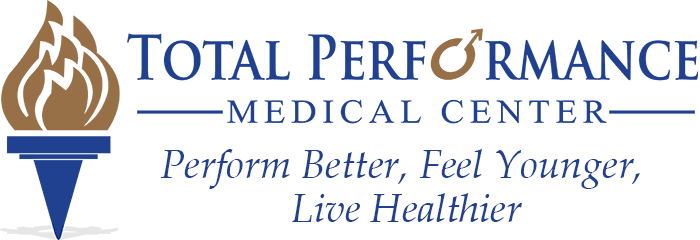Lance Armstrong, Barry Bonds, Eastern Bloc Olympic Athletes, Justin Gatlin and more. We’re all familiar with the stories and the names. It’s no wonder then, when we hear about Testosterone Therapy many think it’s the same thing as Steroids or Performance Enhancing Drugs “PEDs”.
Anabolic steroids have two different types of effects- anabolic and androgenic. Anabolic refers to the promotion of cell growth and includes the following effects. Increased appetite, increased muscle and bone growth and increased production of red blood cells by the bone marrow. Androgenic refers to the development of masculine characteristics. Since Testosterone (T) and Performance Enhancing Drugs (PEDs) are both classified as anabolic steroids and each increases muscle mass and strength, they are often incorrectly thought to be one and the same.
T and PEDs differ in structure, biochemistry and use. The medical use of T is for men with testosterone deficiency, usually manifested by fatigue, diminished sex drive and a constellation of other symptoms. The goal of treatment is to improve symptoms by getting the testosterone into the normal range. There are a variety of means to deliver the T but they are all FDA approved and provide testosterone that is identical to the testosterone in our bodies under normal circumstances. Testosterone levels are checked periodically to ensure that testosterone is in the normal range.
PED’s are most often manufactured clandestinely as small labs to avoid FDA scrutiny. They are intended to solely build muscle mass, strength and improve athletic performance. Their use is beyond the domain of standard medical practice. PEDs favor anabolic (muscle building) over androgenic development. Dopers often use the equivalent of 1000 mg or greater of T per week (Standard medical practice would seldom exceed 200 mg/wk) and there is no medical monitoring of users. Risk to users of PED’s included elevated blood pressure; abnormal lipid profiles; altered blood glucose; cardiac muscle enlargement; mood disorders; liver dysfunction and endocrine issues.
In summary, testosterone deficiency is a genuine problem that can cause a myriad of quality as well as quantity of life issues. When deficiency symptoms are apparent and blood testing confirms the deficiency, testosterone replacement with careful monitoring is capable of improving or resolving these issues. On the other hand, the use of performance enhancing drugs for purposes of achieving anabolic benefits and thus conferring a sports advantage or edge is very risky business and not recommended.
